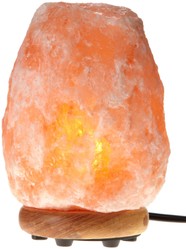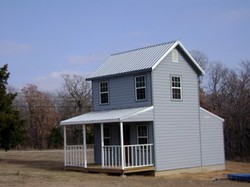Heat has three ways of moving, two of which play a role with energy loss through windows. The two methods of heat movement through a window includes passing of electromagnetic waves and conduction.
Electromagnetic waves that transport heat are infrared waves, and many of these are reflected by glass, just as visible light is reflected by a mirror. But, visible light, such as sunlight, passes through glass rather easily. So, your windows act the same as the glass in a greenhouse, they allow light in, but after the light is absorbed it heats things like floors, walls, and furniture. When these things take on this extra energy, the molecules share it with their neighbors, and reemit at a lower frequency, infrared. This traps heat inside the house in the winter, heat that was produced by sunlight, a clean and renewable energy source. Also, heat from your heater heats surfaces inside the home that are then emitted as infrared energy, then there is a reflection of the infrared waves back into the home. In this way the sun aids your heating system and your heat loss through the windows is reduced.
During the summer sunlight heats the ground outdoors, along with whatever else sunlight falls on. Again, light energy that is absorbed is shared, molecule with molecule, and infrared rays are then emitted. Even air molecules have heat that can be emitted as infrared rays. Many of these infrared rays are reflected by the windows. So, when it is very hot outside the windows limit the heat passing into the home.
But, would not any window do this? Yes, but an insulated window has two glasses, so there is a second chance to reflect the rays. This makes passage of infrared rays more difficult.
Another method of transporting heat is conduction, where molecules share energy with other molecules by contact. Faster moving molecules on the hotter side of a window can share energy with the glass, which can be moved molecule to molecule through the glass. As slower moving air molecules inside the home contact the glass, the energy is then shared with them.
Insulated windows have a dead air space in between the pieces of glass, which moves heat very slowly. Even better is a window with a vacuum between the panes of glass because no conduction through the window is possible at all.








 Christmas on Zazzleon 10/21/2025
Christmas on Zazzleon 10/21/2025
 The Linear Equation and Related Equations and Inequalitieson 08/15/2024
The Linear Equation and Related Equations and Inequalitieson 08/15/2024
 Understanding Calculus: A Simplified Approach to Derivativeson 08/05/2024
Understanding Calculus: A Simplified Approach to Derivativeson 08/05/2024
 Limits: Vital Building Blocks of Calculuson 08/01/2024
Limits: Vital Building Blocks of Calculuson 08/01/2024



Comments
Insulated windows are appealing, appearance-, dollar- and energy-wise.
Many businesses have glass doors. Might those doors be of insulated glass?